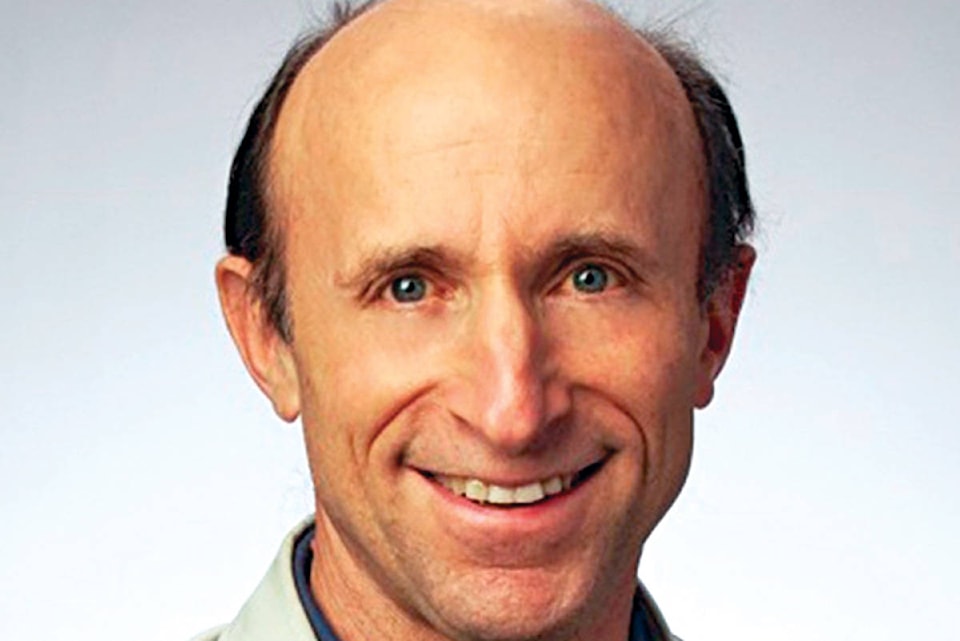Given the winter we are experiencing, it seems odd to be concerned about climate change. Yet, despite the high snow pack and cold temperatures, this winter is still far warmer than the average Shuswap winters of the past. Meanwhile, arctic temperatures have been averaging 15 to 20 degrees above normal, which confirms the science of climate change that explains how extremes will appear more frequently closer to the poles.
When I last wrote about the need for local governments to invest in climate change adaptation measures in 2012, the Shuswap had just experienced its most serious flooding since 1972 and was reeling from two serious landslides at Mara Lake. Other than beefing up the emergency response team, little has been done since then. Now the province’s Auditor General (AG) has joined the chorus for action by releasing a new report, Managing Climate Change Risks: An Independent Audit.
The findings are blunt, both the provincial government and local governments have not done nearly enough to address the growing impacts from climate change. The provincial government has not completed a comprehensive risk assessment or prioritized risks. There is no clear plan to move adaptation forward and there is a lack of mandate and resources. As well, there are gaps in available climate data, there is an inability to manage increasing flood risks and wildfire prevention activities are inadequate.
The greatest risk to the Shuswap is from wildfire and last year it was only luck that allowed us to dodge the bullet, as the normal pattern of intense lightening storms did not emerge in August. Ideally, both the regional district and local municipalities should take advantage of provincial funding to undertake forest fuel reduction efforts to reduce the threat of fires. Unfortunately, the previous provincial program only provided a portion of the funds needed and this drawback is just one of the reasons that little has been done locally to date.
The Auditor General’s report explains how the Strategic Wildfire Prevention Program only resulted in just over 11,000 hectares to be treated, which is only one percent of the total number of hectares considered to be high-risk. This program is currently on hold as the province waits for the completion of the report by George Abbott on last year’s record-breaking wildfire season. Hopefully, more funding will soon become available and Shuswap local governments will take action to reduce fuel and help minimize the risks.
Homeowners also need to take responsibility for reducing fuel loads on their properties. The first step for rural property owners is to obtain a copy of the FireSmart Manual that is available on the Internet and follow the directions to reduce risks by removing forest fuels close to buildings. Given that last year’s disastrous Elephant Hill fire began in dry grasslands, it is also important to cut down tall, dead grass as well as nearby bushy conifers.
The second greatest threat to Shuswap residents as the planet heats up is from flooding, as there is an increasing risk for higher snowpacks and more intense spring rainstorms. The AG’s report explains how climate change modeling shows that floods that once occurred every 200 to 500 years could happen every 50 years. Risks are difficult to assess because of the lack of floodplain mapping and many local governments do not have the capacity or funding to do the mapping needed. Yet more than mapping is needed, as too often areas most at risk have been developed.
The third greatest threat is from landslides and last year the Shuswap experienced an unprecedented amount of damage including one death. Intense rain events are becoming more frequent everywhere and when heavy rain falls on snow covered cutblocks the results can be devastating. An analysis is needed to provide direction to those residents who live near streams that are most at risk for debris flows.
With climate change intensifying, we can expect the unexpected. Forests not lost to wildfires could be hit by unexpected diseases or pests. Freak weather events like sudden damaging windstorms could become more frequent. The AG’s report focuses on what governments should be doing to be better prepared for our uncertain future, but every homeowner and particularly rural residents also need to be prepared.
